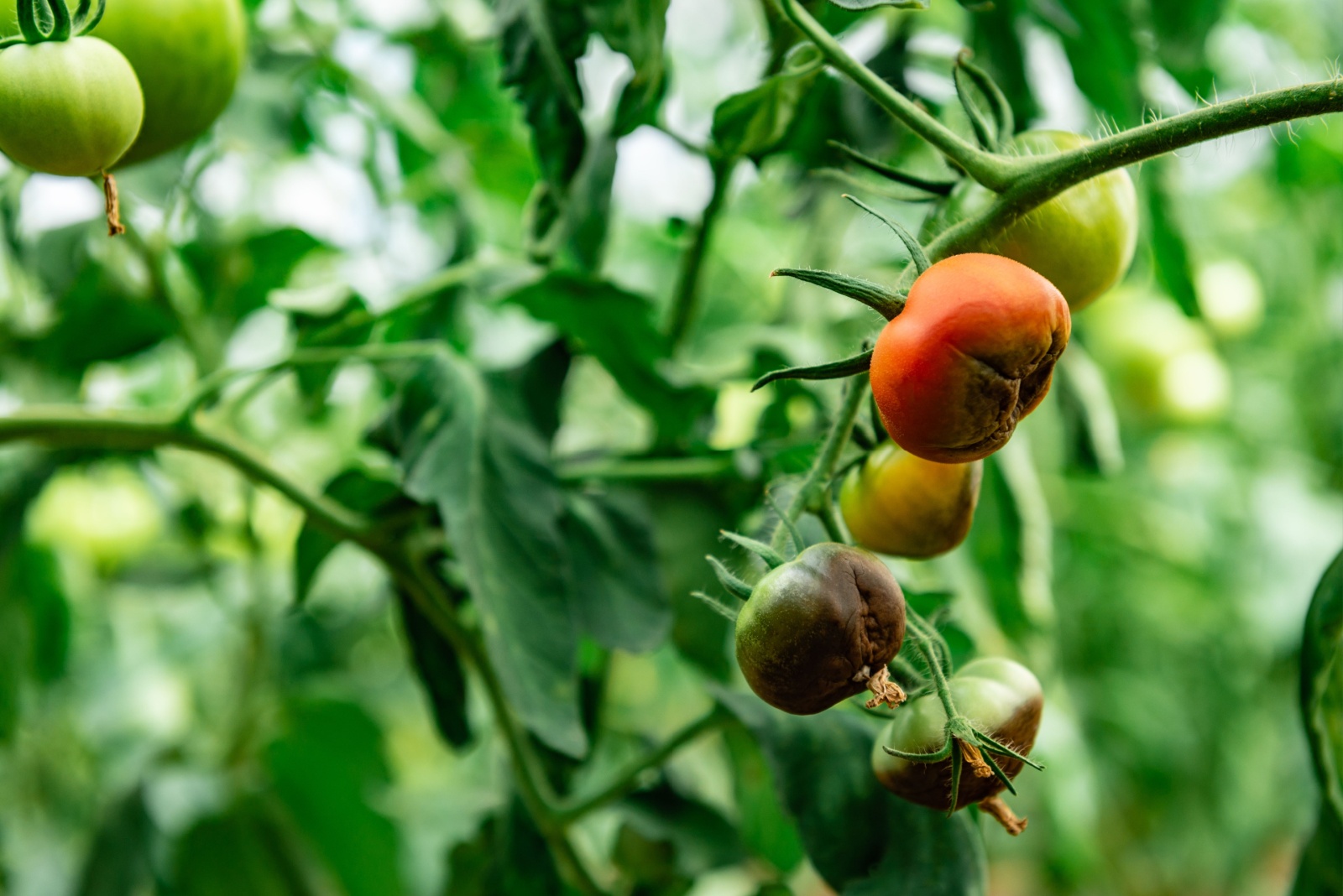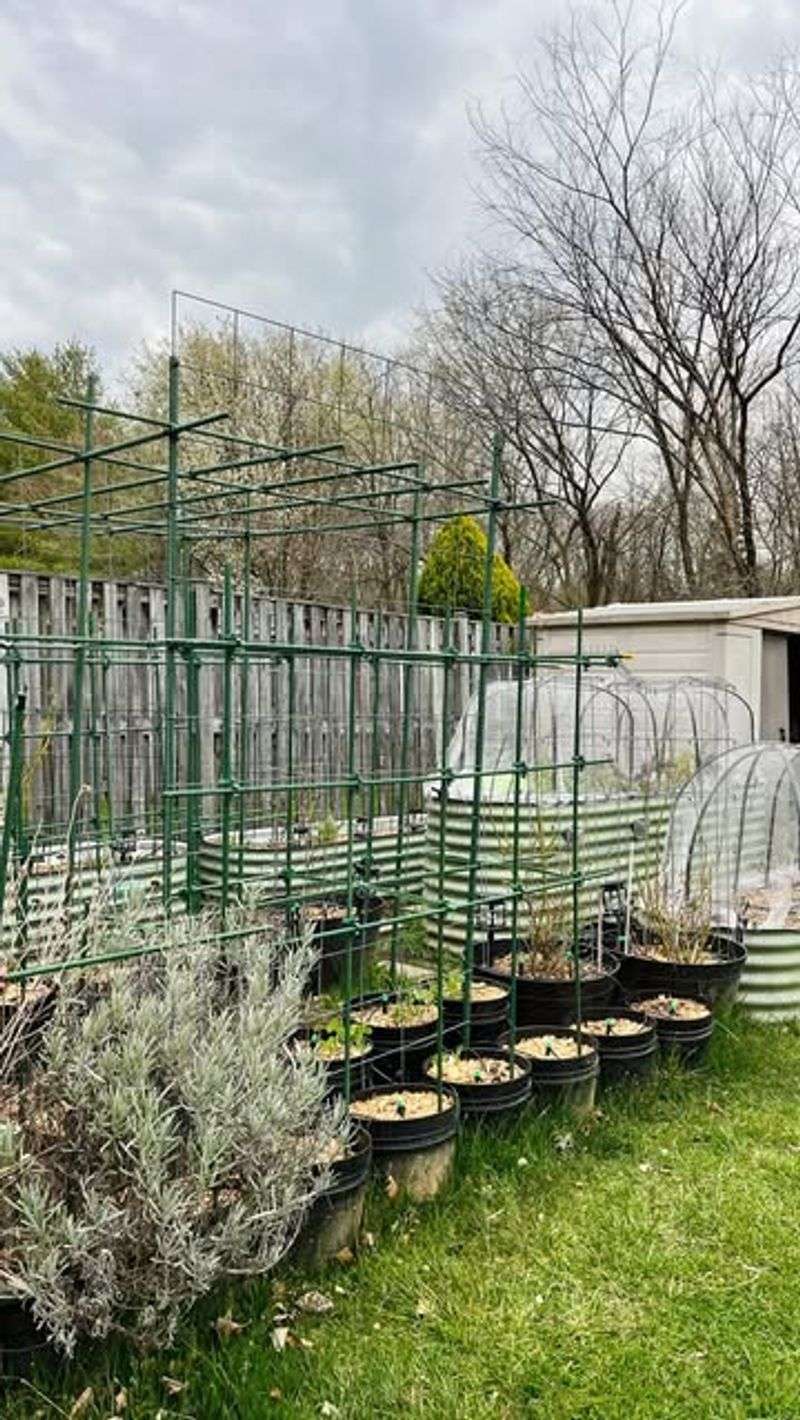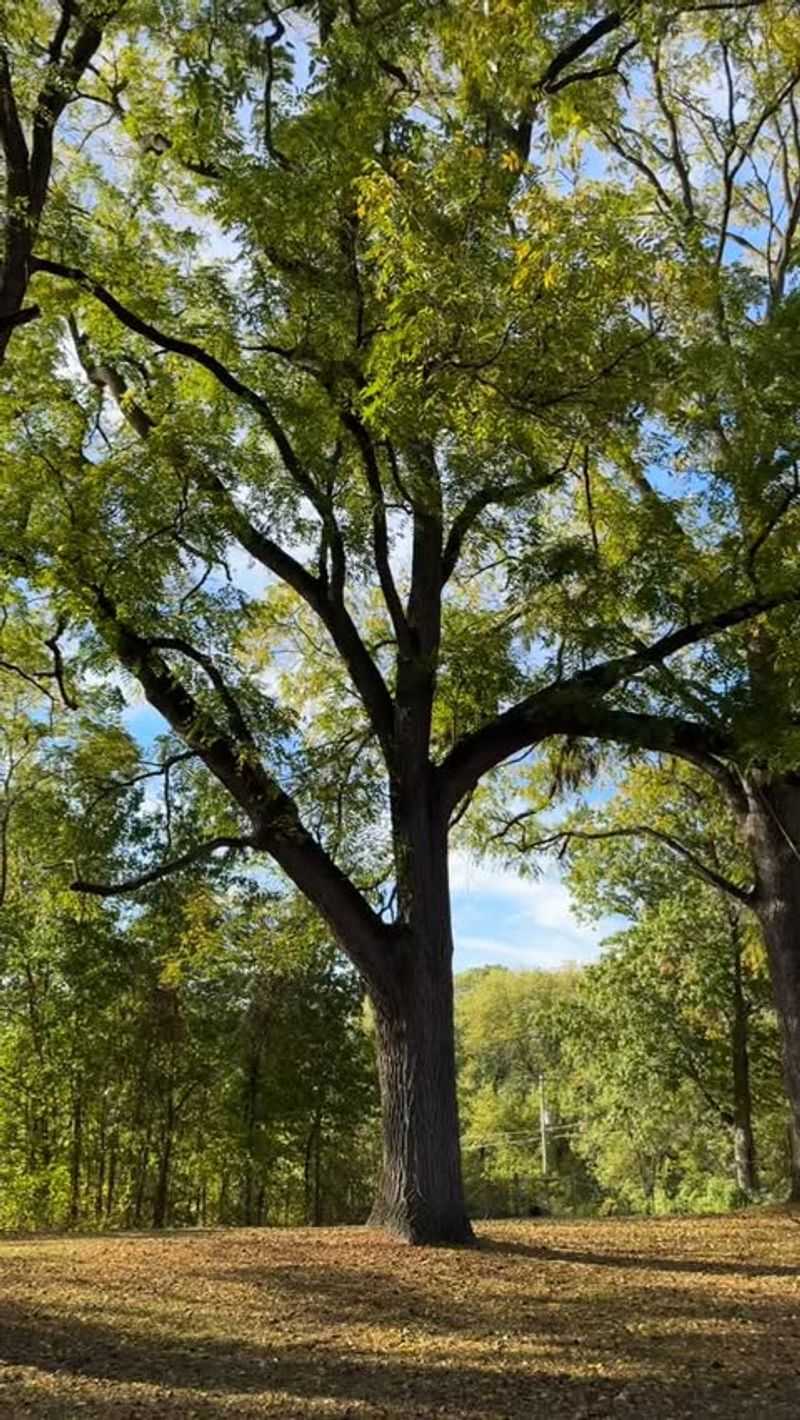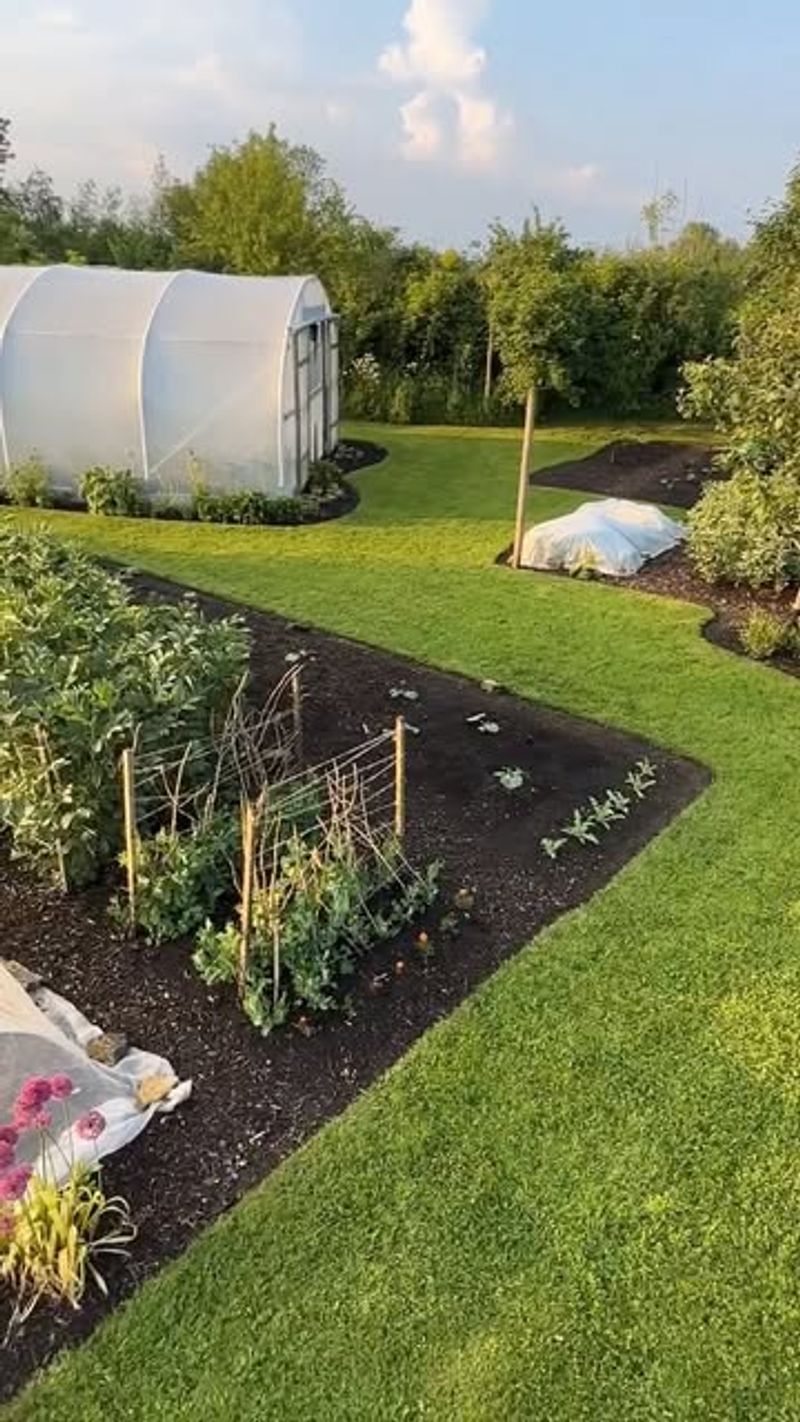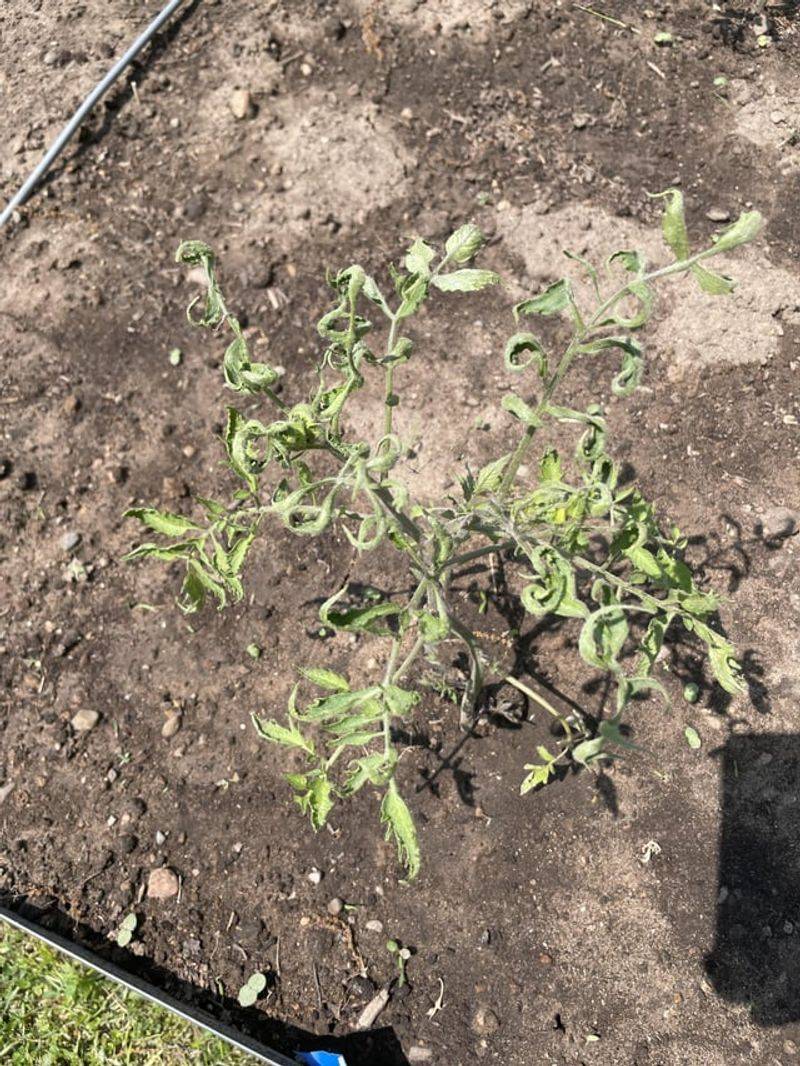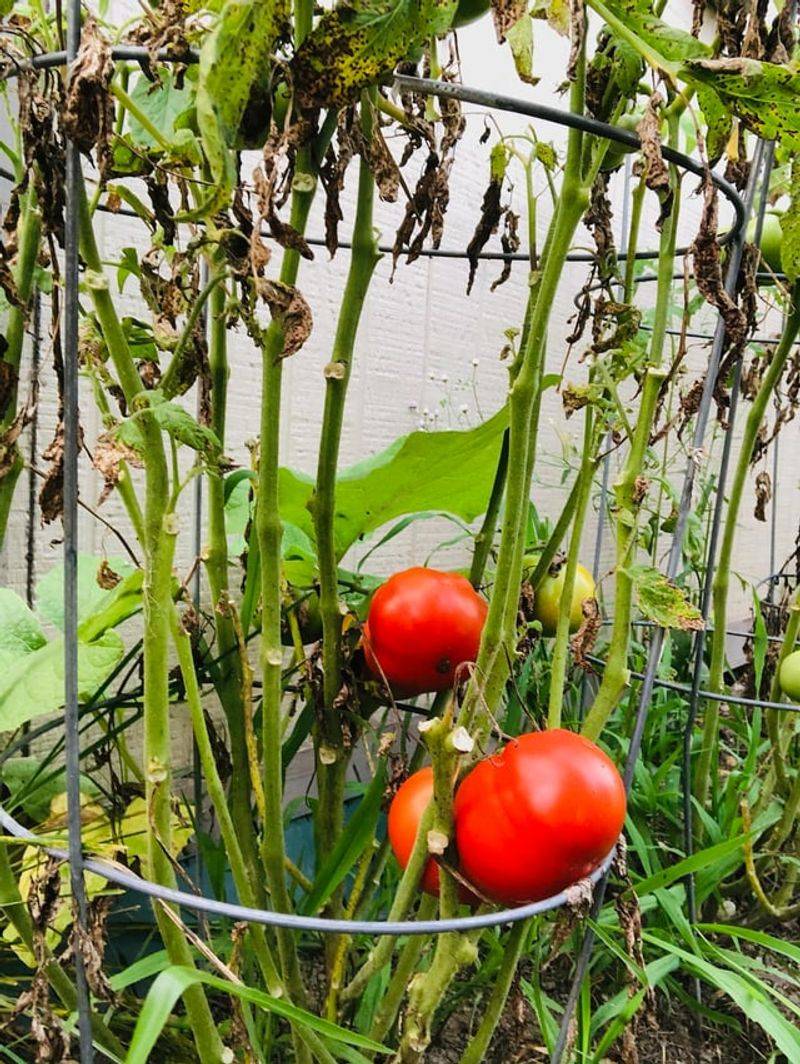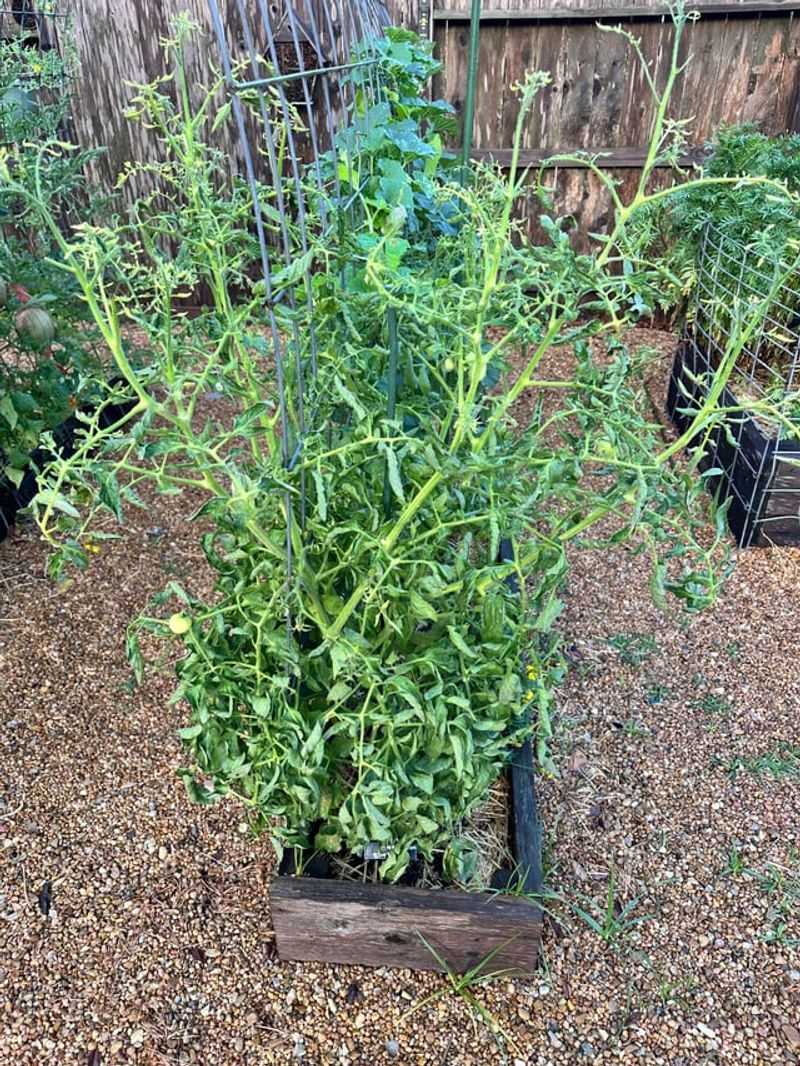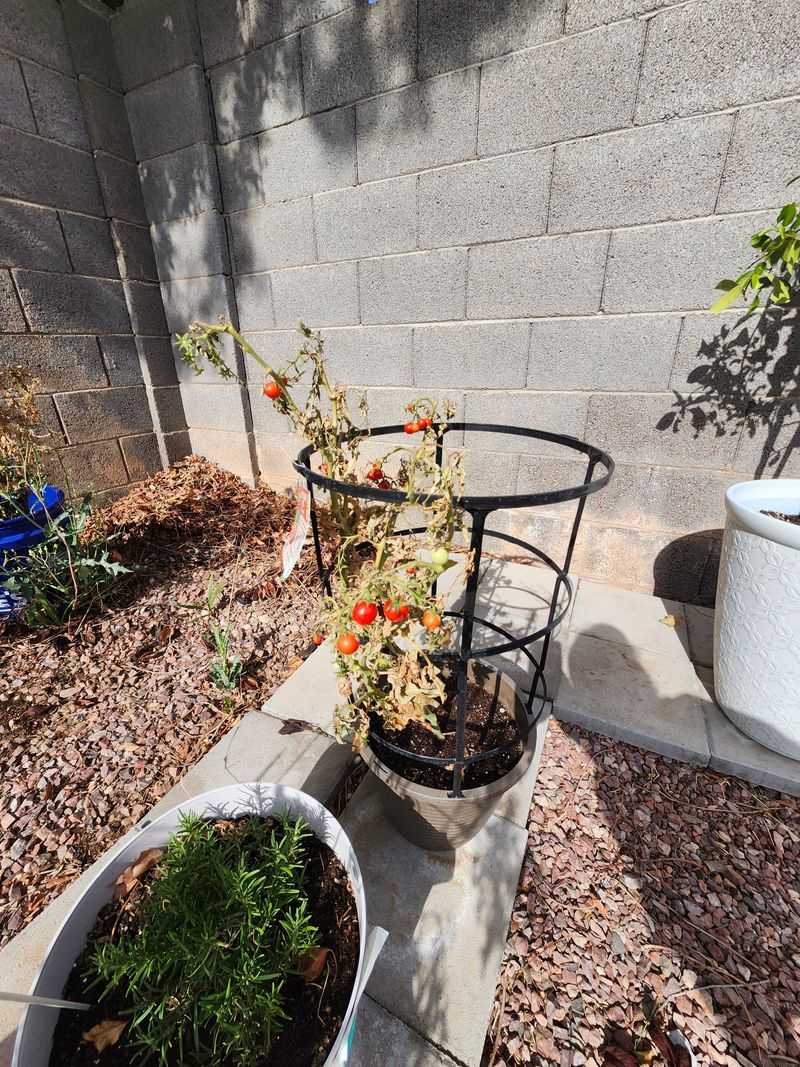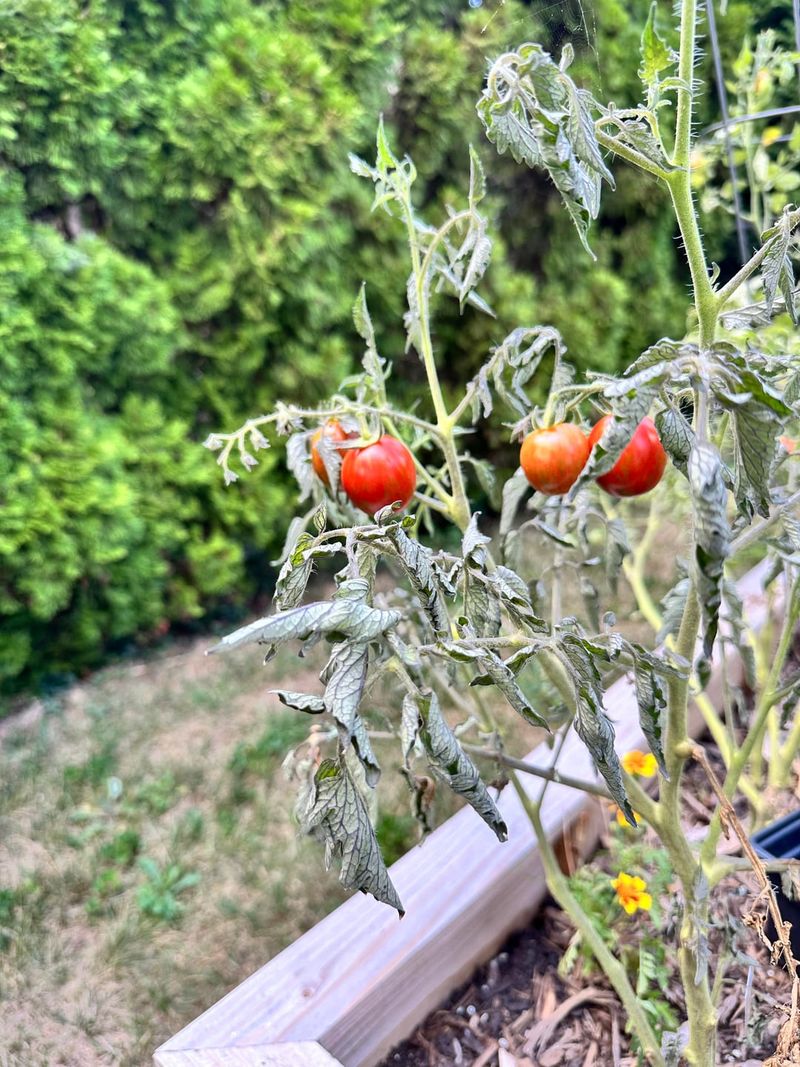Growing tomatoes in Colorado can be tricky, and choosing the wrong spot in your garden can lead to disappointing harvests or even complete crop failure.
The state’s unique climate, with intense sun, unpredictable frosts, and varying soil conditions, means location matters more than you might think. Understanding which spots to avoid will help your tomato plants thrive and produce the juicy, homegrown tomatoes you’re hoping for.
1. Low-Lying Areas That Collect Cold Air
Cold air behaves like water, flowing downhill and settling in the lowest spots of your yard. These pockets become frost traps that can damage or kill tomato plants, especially during Colorado’s unpredictable spring and early fall weather.
Tomatoes need warmth to set fruit and ripen properly, so planting them where temperatures drop several degrees lower than surrounding areas spells trouble. Even a light frost in these spots can blacken leaves and ruin your harvest overnight.
Choose higher ground or gently sloped areas instead, where cold air drains away naturally and your plants stay several degrees warmer on chilly nights.
2. Directly Under Walnut Trees
Walnut trees produce a natural chemical called juglone that leaches into the soil through their roots, leaves, and nuts. This substance is toxic to tomatoes and will cause them to wilt, turn yellow, and eventually die no matter how well you care for them.
The effects can appear within days of planting, making it one of the most frustrating mistakes Colorado gardeners make. Even if the tree seems far away, its root system can extend well beyond the canopy.
Keep tomatoes at least fifty feet from any walnut tree to ensure they stay healthy and productive throughout the growing season.
3. Shaded Spots With Less Than Six Hours Of Sun
Tomatoes are sun worshippers that need at least six to eight hours of direct sunlight daily to produce a decent crop. Plant them in shade, and you’ll end up with tall, spindly plants that flower poorly and rarely set fruit.
Colorado’s high altitude and intense sunshine can be deceiving—just because your yard gets bright light doesn’t mean every spot receives direct rays. Buildings, fences, and trees create surprising shadow patterns that shift throughout the day.
Track the sun across your garden before planting, and choose the sunniest, most open location available for the best tomato harvest possible.
4. Areas With Heavy Clay Soil That Stays Wet
Clay soil is common throughout Colorado, and while it holds nutrients well, it also holds water—sometimes too much water. Tomatoes hate wet feet, and their roots will rot if left sitting in soggy, poorly drained clay.
Compacted clay also makes it difficult for roots to spread and access oxygen, leading to stunted growth and weak plants. You might notice your tomatoes turning yellow, wilting despite moist soil, or simply refusing to grow vigorously.
Amend clay areas heavily with compost and consider raised beds, or choose a different spot with better natural drainage for healthier, more productive tomato plants.
5. Next To Disease-Prone Nightshade Family Plants
Potatoes, peppers, eggplants, and tomatoes all belong to the nightshade family, which means they share the same diseases and pests. Planting them together creates a buffet for problems like early blight, late blight, and Colorado potato beetles.
Once disease strikes one plant, it spreads rapidly to nearby relatives, potentially wiping out your entire harvest. This is especially risky in Colorado’s dry climate, where gardeners often water overhead, spreading fungal spores between plants.
Practice crop rotation and keep tomatoes separated from their nightshade cousins by at least several feet to minimize disease pressure and protect your precious plants.
6. Windy, Exposed Corners Of Your Yard
Colorado is famous for its gusty winds that can snap stems, shred leaves, and knock over even staked tomato plants. Exposed areas without windbreaks leave your tomatoes vulnerable to constant battering that stresses plants and reduces yields.
Strong winds also dry out soil quickly and increase water needs, making it harder to keep tomatoes consistently moist. Damaged leaves can’t photosynthesize properly, which means less energy for fruit production.
Plant tomatoes near fences, buildings, or hedges that provide natural wind protection, or create a windbreak using row covers or strategically placed taller plants for better results.
7. Against Hot South Or West-Facing Walls
While tomatoes love sun, Colorado’s intense high-altitude rays combined with heat radiating from south or west-facing walls can actually be too much of a good thing. These spots can reach temperatures well above one hundred degrees, literally cooking your plants.
Excessive heat causes blossom drop, where flowers fall off without setting fruit, and can lead to sunscald on developing tomatoes. The reflected heat also dries out soil extremely fast, making consistent watering nearly impossible.
Choose spots with morning sun and afternoon shade, or position plants a few feet away from heat-reflecting surfaces for healthier growth and better fruit production.
8. Where You Grew Tomatoes Last Year
Planting tomatoes in the same spot year after year depletes specific soil nutrients they need and allows diseases and pests to build up in the soil. Pathogens like verticillium wilt and fusarium wilt can survive in Colorado soil for years, waiting to attack your new plants.
Crop rotation confuses pests and breaks disease cycles, giving your tomatoes a fresh start with healthier soil. Even if last year’s spot seemed perfect, moving your tomatoes prevents problems from accumulating over time.
Wait at least three years before planting tomatoes in the same location again, and rotate with unrelated crops like beans or lettuce for best results.

